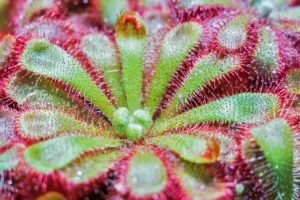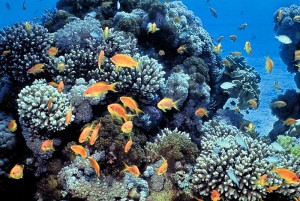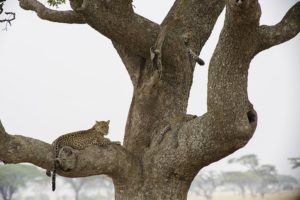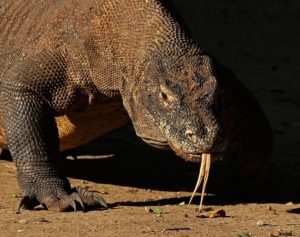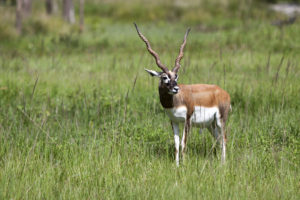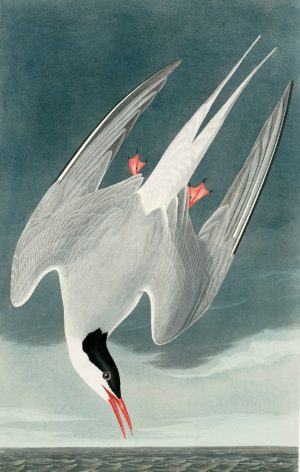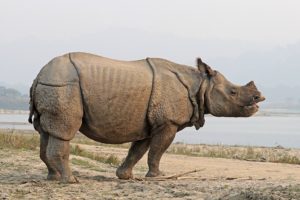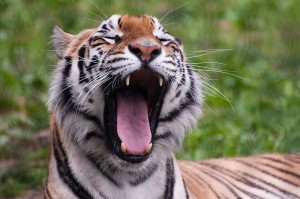A Quarter of Carnivorous Plants at Risk of Extinction
International research has discovered that approximately one quarter of the world’s carnivorous plants may be at risk of extinction. The causes behind the losses include climate change, poaching and habitat loss, and this could have detrimental impacts in many ecosystems.

